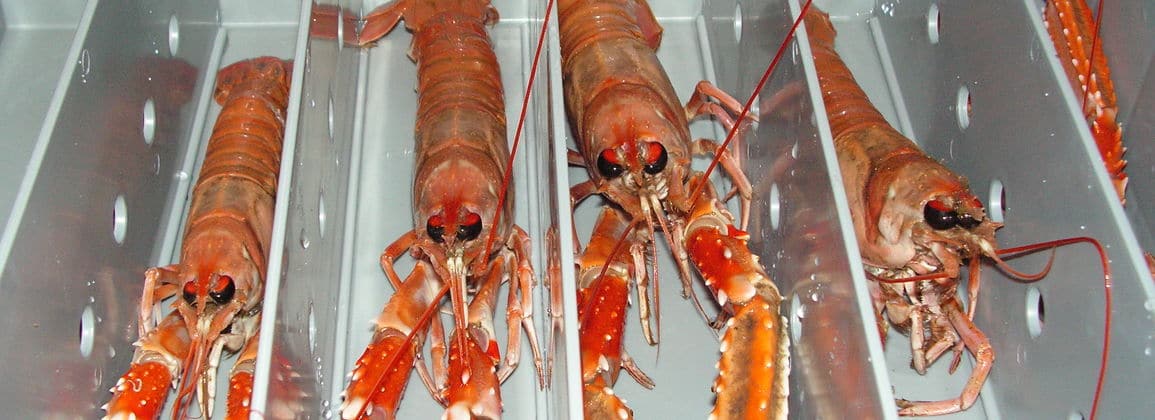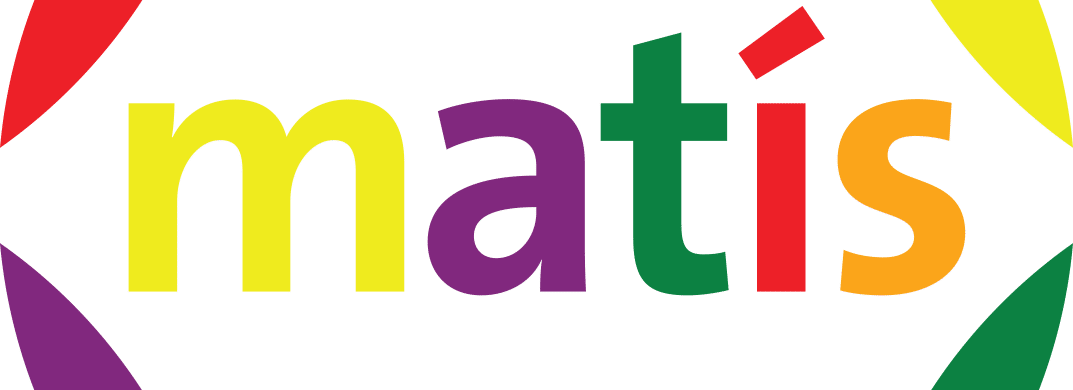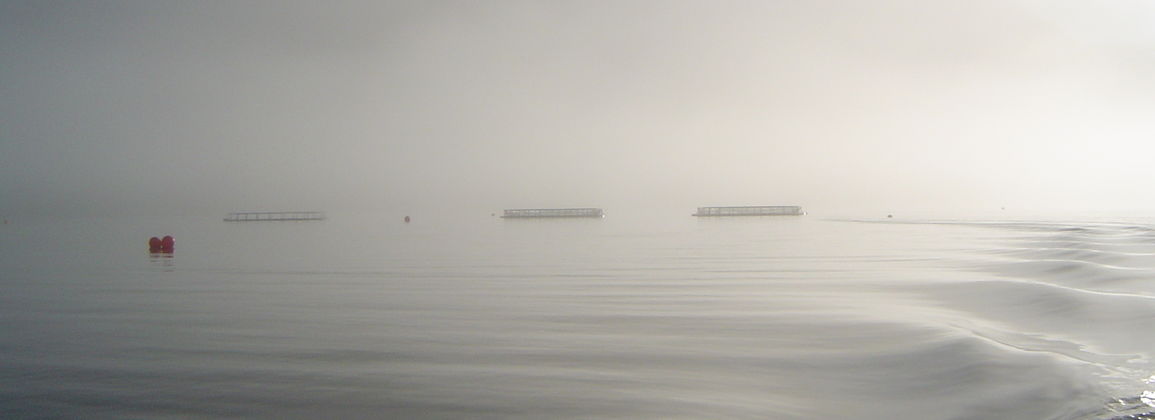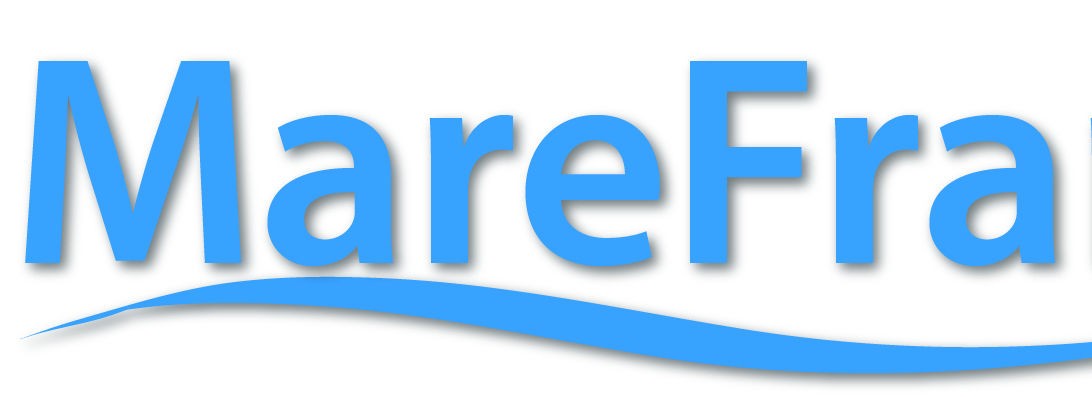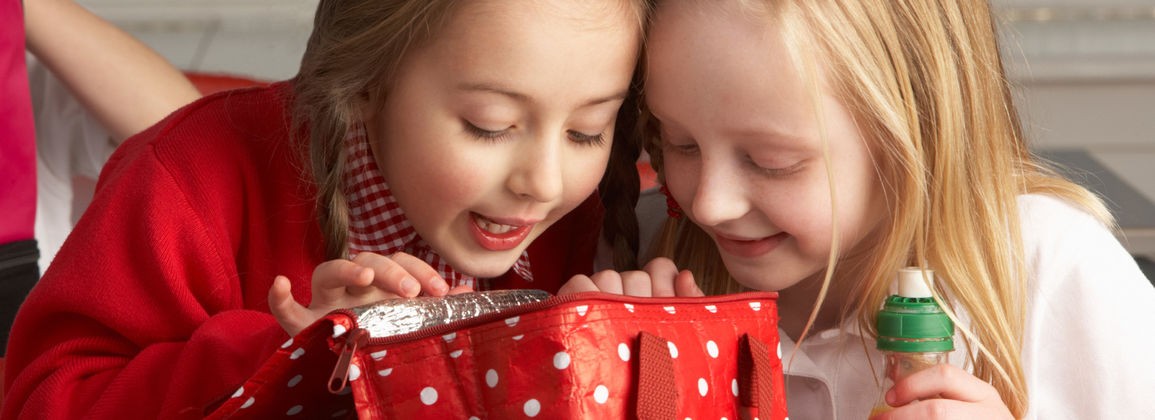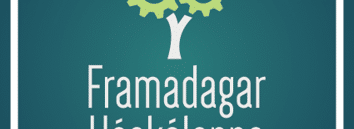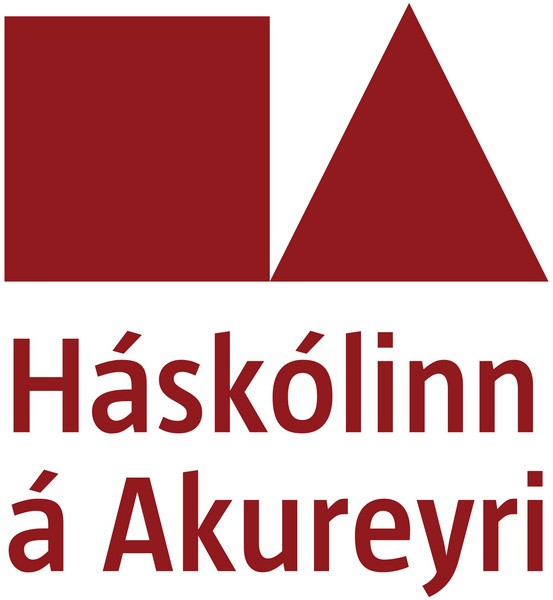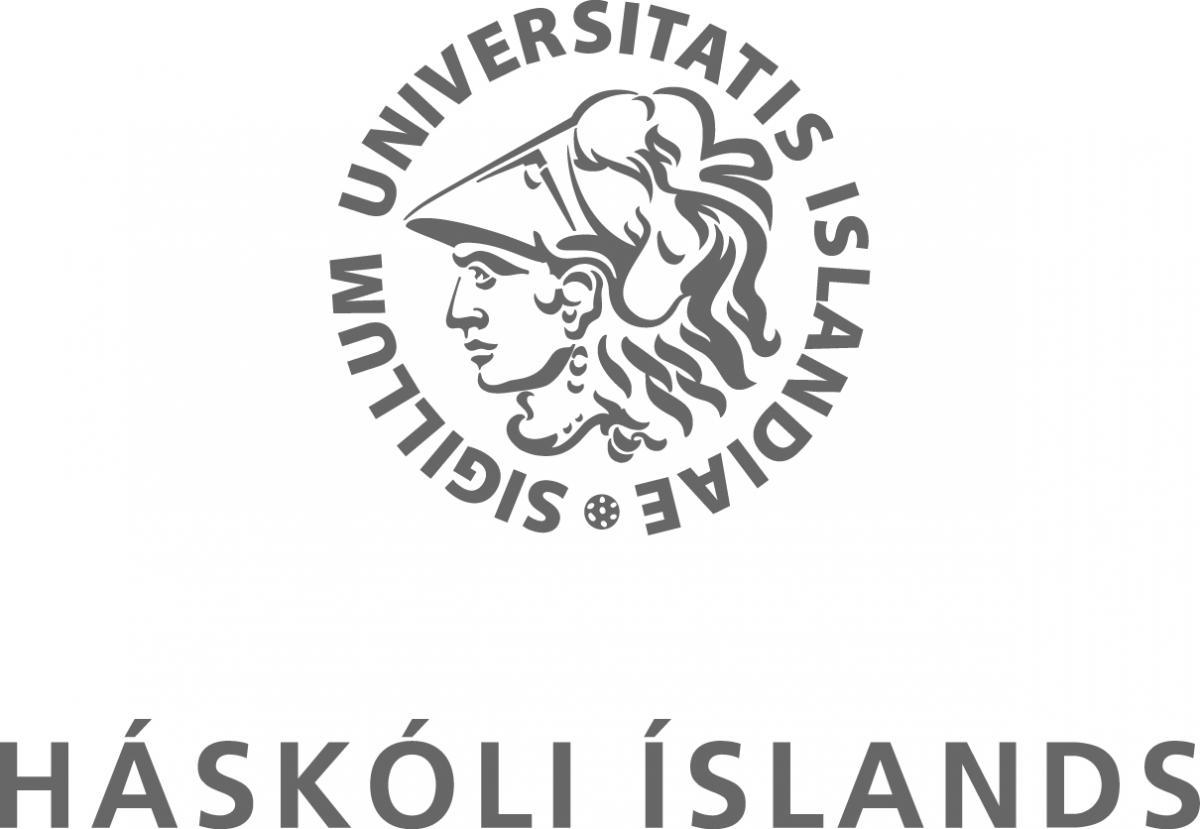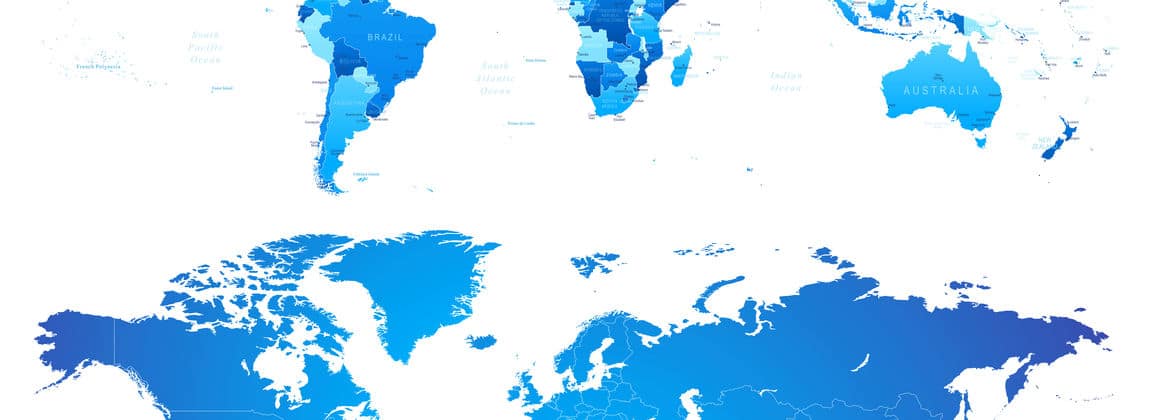Iceland is playing a leading role in a new multinational project funded by the 7th European Research Program, valued at ISK 943 million (EUR 6 million).
MareFrame project: "Co-creating Ecosystem-based Fisheries Management Solutions"
Matís and University of Iceland play a leading role in a new large-scale multinational project that the 7th European Research Program has decided to fund for four years. The short title of the project is MareFrame and has the English title: "Co-creating Ecosystem-based Fisheries Management Solutions“. The grant amounts to EUR 6 million, but the total cost of the project is EUR 7.8 million. Iceland's share in the project amounts to approximately ISK 275 million, which will be divided between Matís, the University of Iceland and the Marine Research Institute. The grant is one of the largest project grants awarded in Europe in this field.
Matís is the project manager of MareFrame, which means that Matís is responsible for, among other things, managing the project's progress and communication with funders. All funding goes to Matís, which then pays its domestic and foreign partners. There is a lot of competition for research grants from the 7th research program. MareFrame received 14 points out of 15 possible in the opinion of the professional committee, which is a great result. With this, Icelandic scientists become even more established in international scientific collaboration.
The MareFrame project will develop a multi-stock fisheries management system and find ways to facilitate its implementation in Europe. Emphasis is placed on ecological, sustainable, social and economic management. Emphasis is also placed on co-operation with fishermen, fishing companies and processing, as well as other stakeholders involved in fisheries management.
Three out of every four fish stocks in the European Union are overfished today, of which 47% are in the Atlantic and 80% are in the Mediterranean, so there is a great need for new ways of managing fisheries. The European Union's fisheries policy is under review and, among other things, ways are being sought to curb overfishing.
One of the goals of the MareFrame project is to build on what has been successful in fisheries management, including the use of the Icelandic multi-stock model "Gadget"Which is also used widely abroad. At the same time, there is increased co-operation with those involved in fishing and processing in the fisheries sector, as well as other stakeholders in the development of fisheries management systems, which is a key factor in the implementation of the fisheries management system. MareFrame will, among other things, develop visual interfaces, computer games and computer-assisted learning techniques to present results and management methods, which learning techniques are partly the result of Icelandic research.
The MareFrame project involves a total of 28 institutions, companies and universities in 10 European countries (Denmark, Sweden, Finland, Poland, the United Kingdom, Spain, Italy, Romania, Norway and Iceland) as well as researchers from South Africa, Australia and New Zealand.
Dr. Anna Kristín Daníelsdóttir, division manager at Matís, is the project manager and dr. Gunnar Stefánsson, professor at the Faculty of Science at the University of Iceland, is the scientific project manager.
The inaugural meeting of the MareFrame project will be held at Matís' premises in Reykjavík on 11 - 13 February 2014.

